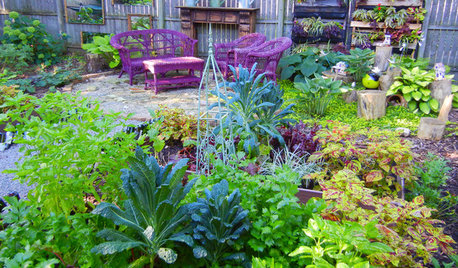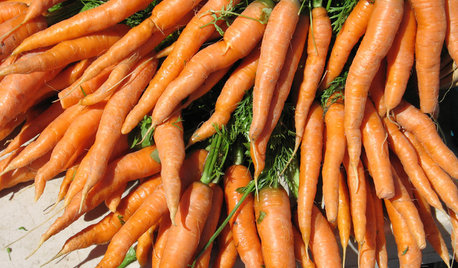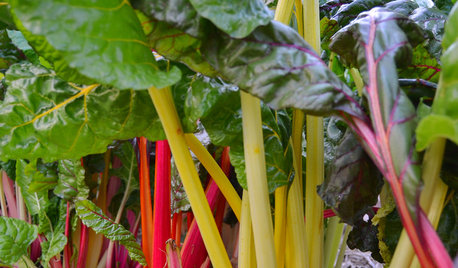List of Vegetables Requiring Direct Sowing
susanlynne48
12 years ago
Related Stories

FARM YOUR YARD9 Ways to Change Up Your Vegetable Garden for the Coming Season
Try something new for edible plantings that are more productive than ever
Full Story
COOL-SEASON CROPSCool-Season Vegetables: How to Grow Chinese Cabbage
Napa cabbage, pak choi, bok choy — no matter what you call it, this edible is a good candidate for fall and spring gardens
Full Story0

GARDENING GUIDES11 Favorite Edibles for Your Cool-Season Garden
Plant crunchy carrots, crisp radishes, tender peas and other vegetables for fall and spring harvests
Full Story
EDIBLE GARDENS8 Surefire Vegetables and Herbs for Beginning Gardeners
Learn the edible plants that are popular and easy to grow in a backyard or container garden
Full Story
GARDENING GUIDESShades of Vegetable Gardens: Growing Edibles in Less Sun
See how one gardener produces a veritable feast of vegetables and herbs under a canopy of shade
Full Story
COOL-SEASON CROPSCool-Season Vegetables: How to Grow Carrots
More than just a bunny food, easy-to-grow carrots add lacy good looks to a fall or spring garden
Full Story
GARDENING GUIDESCool-Season Vegetables: How to Grow Chard
A year-round garden favorite with a colorful stem, Swiss chard comes into its own in early spring and in fall
Full Story
MOST POPULARHow to Start a Cool-Season Vegetable Garden
Late summer and late winter are good times to plan and plant cool-season crops like salad greens, spinach, beets, carrots and peas
Full Story
FARM YOUR YARDAdvice on Canyon Farming From L.A.'s Vegetable Whisperer
See how a screened garden house and raised beds help an edible garden in a Los Angeles canyon thrive
Full Story
WINTER GARDENINGExtend Your Growing Season With a Cold Frame in the Garden
If the sun's shining, it might be time to sow seeds under glass to transplant or harvest
Full Story





Okiedawn OK Zone 7
susanlynne48Original Author
Related Professionals
North New Hyde Park Landscape Architects & Landscape Designers · Surprise Landscape Contractors · Long Beach Landscape Contractors · Miller Place Landscape Contractors · Morrisville Landscape Contractors · New Cassel Landscape Contractors · Paterson Landscape Contractors · Welby Landscape Contractors · Kingsburg Landscape Contractors · Grandview Decks, Patios & Outdoor Enclosures · Hershey Decks, Patios & Outdoor Enclosures · Kernersville Decks, Patios & Outdoor Enclosures · Montgomery County Decks, Patios & Outdoor Enclosures · Prichard Decks, Patios & Outdoor Enclosures · Towson Decks, Patios & Outdoor EnclosuresOkiedawn OK Zone 7
susanlynne48Original Author
Okiedawn OK Zone 7